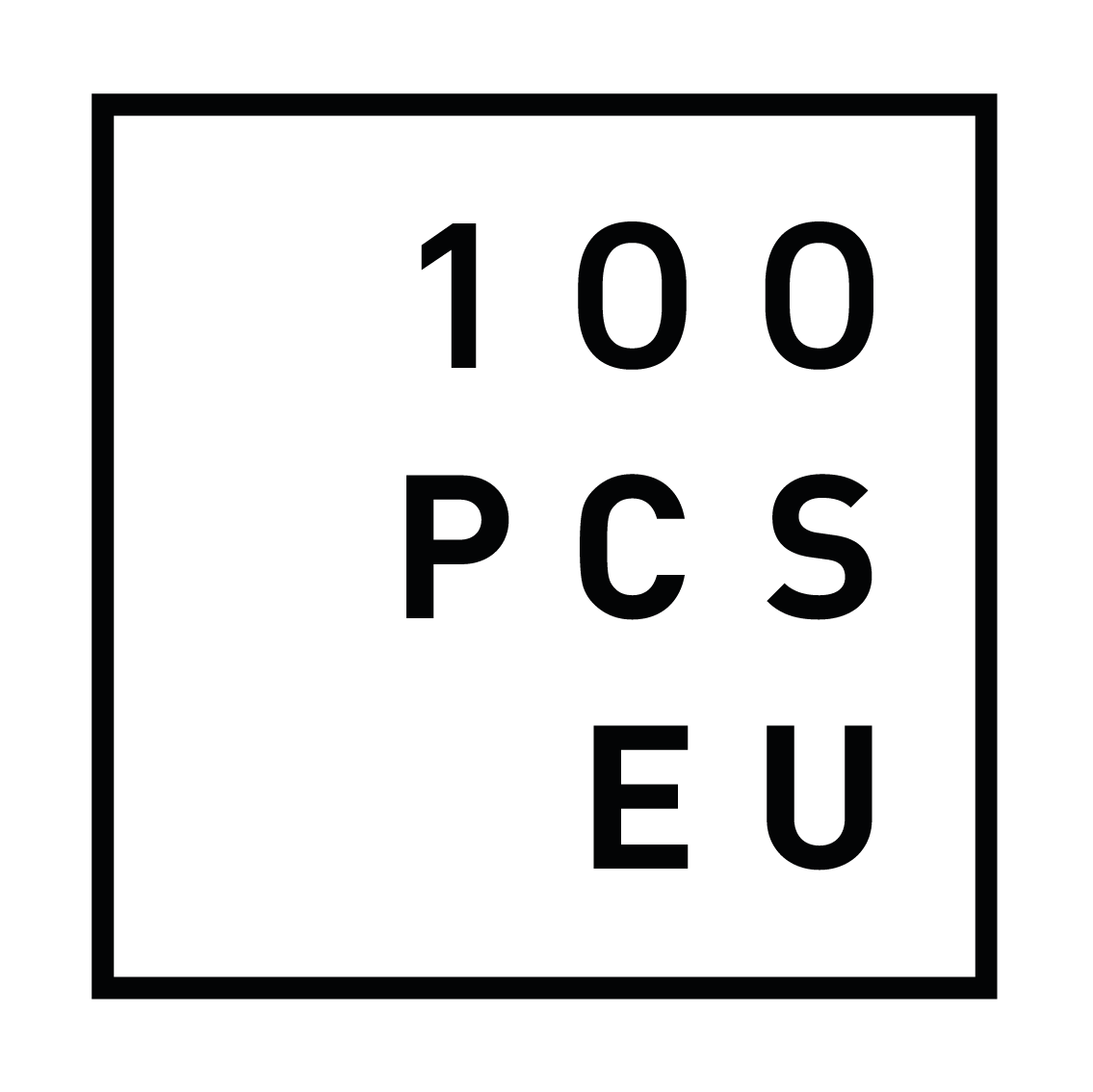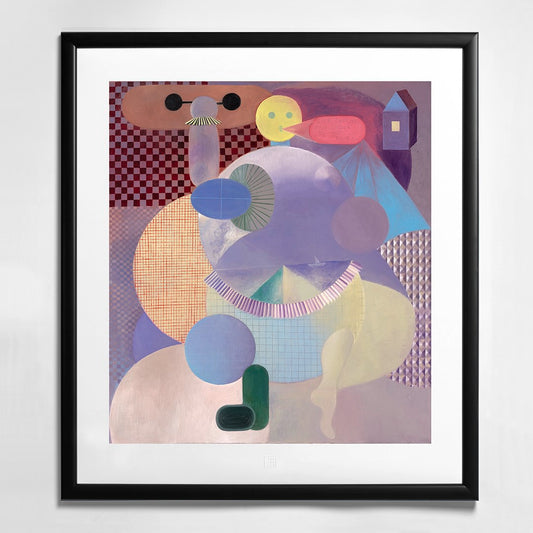The painter Silvia Krivěšíková (*1976) studied at the University of Fine Arts in Bratislava (Juraj Gavula, Vladimír Popovič). Between 2003-2011 she lived in Portuguese port, since 2011 she lives and creates in Vienna. For example, he had independent exhibitions in Kubikgallery in Porto (2010, 2011), Petr Novotný (2014, 2017), Pistori Palace in Bratislava (2021) or in Prague's Gallery (2023). It is a frequent participant in collective exhibitions in Slovakia and in the Czech Republic. For example, last year, together with Czech painters Pavla Malinová and Laura Limbourg, presented in the Comma Gallery in Bratislava.
In her painting work, Silvia Krivěšíková moves freely between the poles of the reduction of the subjects to elementary geometric forms and a kind of "neoclassical" stylization. It draws from the morphology reservoir, which has left us with European modernism of 1. The middle of the 20th century. From the point of view of his developmental dynamics, he even "merges incompatible". Krivašíková, however, does not live in the last century and does not experiment with the art form to radically transform our perception of reality. It benefits from the fact that the language of modernism is a well -known image "coding" of reality, so it can apply it on its own art topics.
Exhibition Home-coming She caught her in a phase where she prefers a more depicting painting position. It allows it to articize the personal level of topics, which is a home as a summary of interpersonal relationships and links to the place. Painting more illusively and more specifically allows it to be direct and included in the paintings of a person and landscape, which not only have their names but also their forms. Although she remains herself the central figure of the exhibition, she is clearly entered into the real environment of the house on the outskirts of the Zvolen district of Sekier, near the water reservoir. The partners in the paintings are her closest to her.
Yet Home-coming It is not a clear and sentimental confession of the homeland. Many events in paintings are demonstrably imaginary. Most of the characters resemble puppets rather than humans, and a kind of ghostly is enhanced by the ubiquitous night time of the scenes. The idyll of communities thus spreads the suspicion that everything is not quite right on its background. Possible not so much in the story, but at the psychological level. Horror begins in genre literature and film. However, it may not be so bad. It is perhaps only the transformation of the everyday reality into a dream world that makes us so much.
Krivašíková combines real with fantasy and personal and allegorical in her new picture set. However, its strength and tension arise from the ambiguity that we feel from its paintings.
Curator: Jiří Ptáček



